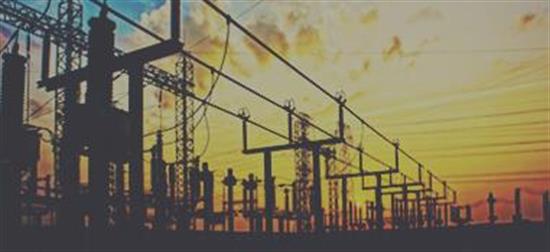Press Release
Panel: Regulatory Uncertainty, Red Tape Discourages Responsible Energy Development
WASHINGTON, D.C.,
June 29, 2017
|
Committee Press Office
(202-225-2761)
Today, the Subcommittee on Energy and Mineral Resources held an oversight hearing on the status of onshore oil and gas leasing and drill permitting processes on federal lands. Members and witnesses discussed improvements to the duplicative and costly bureaucratic policies discouraging operators from leasing federal minerals. “[N]onfederal production far outpaces federal production figures, due, in large part, to the overwhelming administrative burdens of the federal mineral development process. Not only has the new administration inherited a backlog of three thousand drill permit applications, but an incredibly burdensome regulatory scheme that discourages investment and development. It is critical that we evaluate these obstacles,” Subcommittee Chairman Paul Gosar (R-AZ) said. Fiscal Year 2016 saw the lowest number of federal onshore leases since the Bureau of Land Management (BLM) began publishing records in 1985. On top of lackluster leased acreage and development on federal lands over the past eight years, the cumbersome and bureaucratic permitting process discourages onshore oil and gas production. There is “no regulatory certainty” for applications for a permit to drill according to Executive Director of the New Mexico Oil and Gas Association Ryan Flynn. At the BLM’s Farmington Field Office, Flynn noted “drilling permit wait times approach the 500-day mark, with an average wait time of nearly one year for a standard application” and “[i]n one extreme case, a permit application was pending for over 18 years.” Federal onshore production generates crucial revenues for both the U.S. Treasury and states, including funding for public education and essential public services. In New Mexico, revenues from the oil and gas development made up a quarter of the state’s entire 2016 budget. “[I]t’s vitally important to restore our multiple-use mission, and strike the appropriate balance in onshore leasing that allows for job creation in rural America,” Katharine MacGregor, Deputy Assistant Secretary for Land and Minerals Management at the Department of the Interior, said. “Under Secretary Zinke’s leadership the BLM has had more lease sales, offered more acreage and generated more revenue in the first six months of 2017 than the same time last year. And we’re only just getting started.” In an exchange with Dr. Laura Nelson, Chairman Rob Bishop (R-UT) proposed a system by which royalties rates correspond with timely permitting creating a win-win situation for taxpayers and industry alike. “So the only reason someone would actually bid on federal lands is if they can make money, and the longer it takes to permit, the longer it takes to go through litigation, the longer it takes to try and get those areas, then, it simply means it’s not profitable,” Bishop added. “[Companies] are willing to pay more money if they could actually be in production. Which should be an idea for the federal government, that if we can actually guarantee you’re going to be in production and the permitting process goes further faster, people would be willing to pay more simply to do that.” There are clear opportunities to improve BLM’s operations to streamline the permitting process and better design the system currently fraught with bureaucratic delays. Dr. Nelson, energy advisory to Utah Governor Gary Herbert, recommends establishing a process that “delegat[es] primacy to Utah, and to states generally, for the regulation of oil and gas operations on federally managed public lands.” MacGregor testified that the BLM “has focused on restoring full collaboration and coordination with state and local governments, tribes, individuals and other stakeholders to resolve issues, develop productive relationships and build consensus.” Click here to view full witness testimony. |
Newsletter Sign Up
Sign up to receive news, updates and insights directly to your inbox.

